Myth versus fact
Heather Logan-Sprenger talks Pro Cycling, Pro Hockey, PhD and Exergy TWENTY12
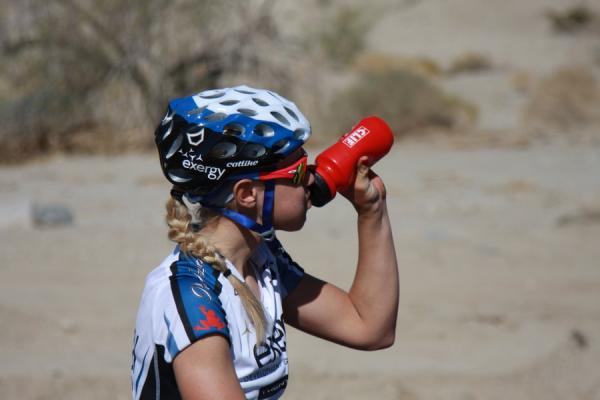
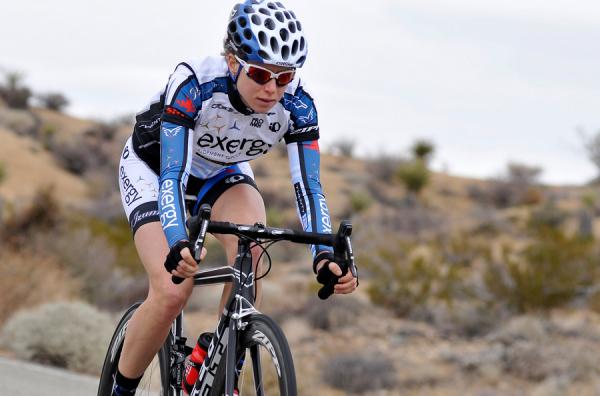

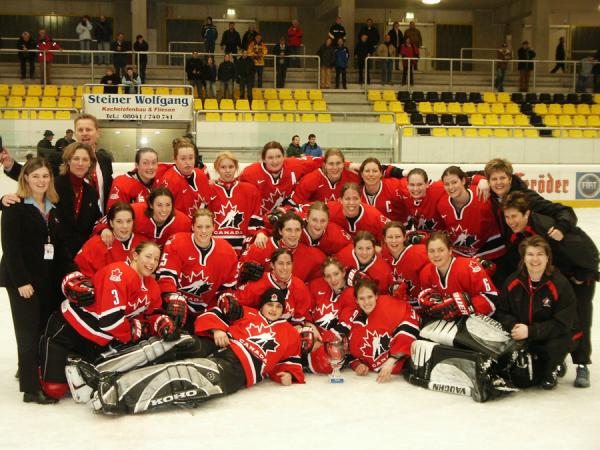
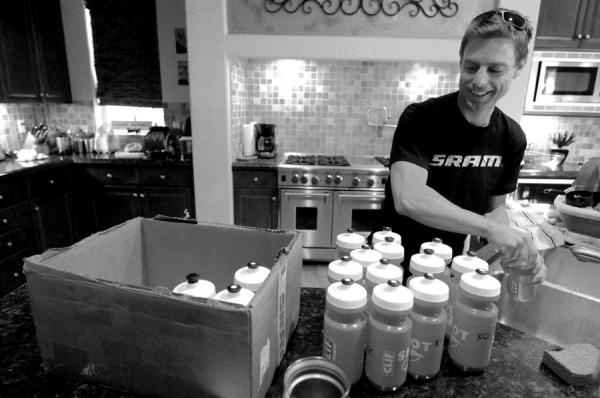


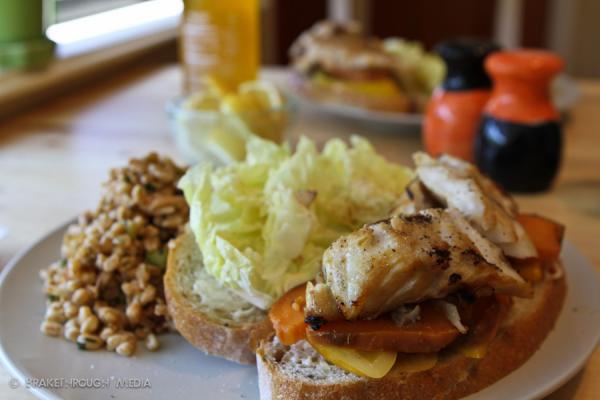
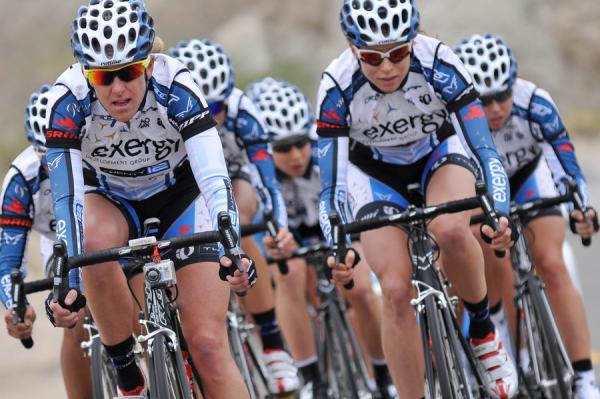
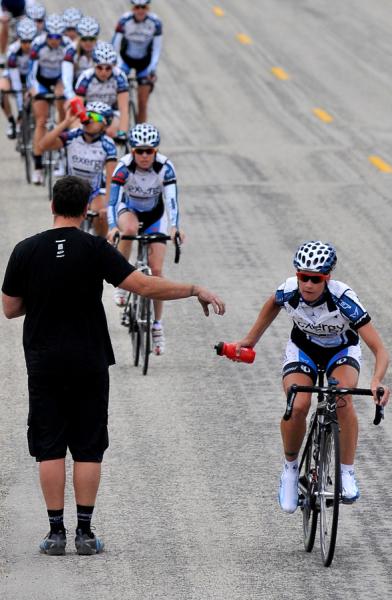
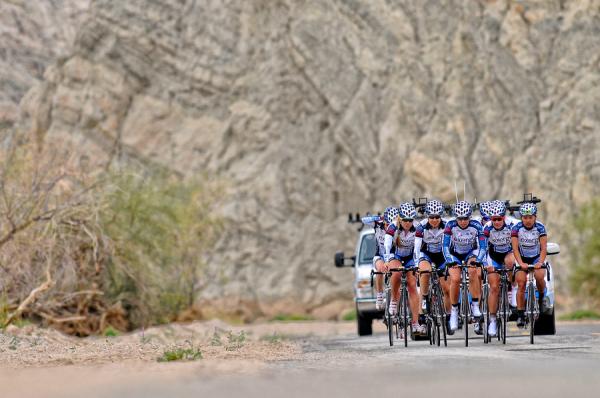
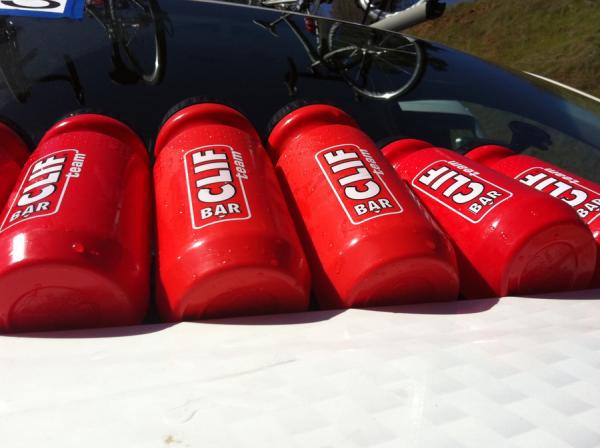
There is a lot more to being a good cyclist than just training and racing. One way to ensure you are getting the most out of the hours you are putting in is to ensure you are using the facts of nutrition and sport science and not believing the many myths associated with nutrition and performance. This article will address a few of the common facts and myths circulating, and hopefully provide you with a better understanding of physiology for optimal performance.
Myth versus fact:
1) Too much water can kill you.
Fact. Drinking copious amounts of plain water in a short period of time can significantly dilute the blood, altering the essential plasma electrolyte composition necessary for proper functioning. High sweat losses over long periods of exercise time (≥ 90 min) coupled with the consumption of large volumes of plain water is a recipe for a condition known as hyponatremia (low plasma sodium) also known as water intoxication. Hyponatremia expresses itself with symptoms similar to dehydration (headache, confusion, fatigue, lethargy) and if improperly diagnosed can result in extreme consequences (Shirreffs & Sawka, 2011). In light of the fact that sodium is the major ion lost in sweat and the major regulator of fluid balance in the body, it is important when exercise is ≥ 90 min to consume fluid in combination with sodium and to avoid large volumes of plain water at once (>3 L).
Most commercial sports drinks contain some sodium to avoid diluted plasma sodium concentration, not to mention carbohydrate to provide additional energy. Athletes who are high salt sweaters may require additional sodium supplementation during training and races to avoid muscle cramping and help maintain plasma sodium concentration. This can be achieved by adding a small amount of table salt (NaCl) to your water bottle or sports drink. The inclusion of sodium (0.5-0.7 g/L of water) in the rehydration solution ingested during exercise ≥ 90 min is recommended since it may be advantageous in enhancing palatability, promoting fluid retention, and perhaps preventing hyponatremia in athletes who drink excessive quantities of fluid (Convertino et al. 1996).
2) Excess protein in the diet leads to more muscle gain.
Myth. Protein is an essential component of the diet and is involved in almost every structural and functional component of the human body. It has been shown that during endurance exercise, amino acid oxidation accounts for only 1-6% of the energy requirement at 65% VO2max, with the amount varying with training status and carbohydrate availability (Burke & Deakin, 2010). High intensity endurance training may affect the need for an increase in dietary protein by increasing the oxidation of amino acids. Therefore, it is recommended that endurance athletes consume ~1.4 g/kg/body mass (BM) compared to a non-athlete (0.85-0.9 g/kg/BM).
Some athletes believe that protein intake is directly proportional to protein synthesis or muscle gain, resulting in an overconsumption of protein in the range of 3-4 g/kg/BM (Phillips & Van Loon, 2011). The body will use the essential amino acids it needs from the diet for muscle and tissue growth and repair, and the excess will be oxidized with no additional increase in strength or muscle mass (Burke & Deakin, 2010). The recommended intake of 1.4 g/kg/BM appears to be the appropriate amount to maintain net protein synthesis in endurance athletes. Athletes need to be cautious of excessive protein in the diet as this may decrease dietary carbohydrate intake and may lead to premature fatigue during high intensity training and competition.
3) Neglecting fluid intake during exercise may impair performance.
Fact. It has been consistently demonstrated that dehydration of ~2% BM loss significantly heightens heart rate, core temperature, rating of perceived exertion (RPE), and carbohydrate oxidation compared to being in a fluid balance leading to premature fatigue. High sweat loss coupled with inadequate fluid consumption can quickly lead to significant BM loss and exacerbated physiological responses (Shirreffs & Sawka, 2011). Therefore, the goal is to drink to meet sweat loss, but how do you know your individual sweat loss? An easy way to determine this is to weigh yourself before a ride in minimal clothing and then again after you ride in the same minimal clothing. Then you need to factor in the volume of fluid you consumed during the ride, using the equation below:
Sweat loss = (pre-ride body mass (kg) - post-ride body mass (kg)) + fluid intake (ml) - urine output (ml)
This will give you an idea of your sweat loss during that workout at that specific intensity in that environmental condition. Use this to help customize your own fluid intake and make yourself aware of how much fluid you need to consume to maintain fluid balance. In addition to hydration testing, an athlete may wish to determine their sweat electrolyte composition through an individual sweat analysis. This will help customize a fluid and electrolyte plan to prevent exasperated physiological strain due to voluntary dehydration. To learn more about being sweat and hydration tested visit, peakgenics.com
4) There are 4 major goals to post exercise nutritional recovery.
Fact. During recovery from exercise, an athlete needs to strive to restore 4 major sources: fluid & sodium, restoration of metabolized carbohydrate, repair of damaged protein, and remodeling protein (Phillips & Van Loon, 2011). In light of this, the most optimal recovery nutrition is in liquid form concurrent with high quality protein and carbohydrate, providing the optimal package of nutrients enhancing recovery.
Supplemental sodium into a beverage has been shown to accelerate the restoration of fluid balance after exercise, which will prove beneficial during stage races. Additionally, it has been shown that immediately post exercise there is a potentiation of carbohydrate and amino acid uptake enhancing muscle glycogen re-synthesis and protein synthesis respectively. So, the sooner you can consume fluid with some electrolytes, specifically sodium, combined with high quality protein (10-20g) and carbohydrate, the better your workout or race will be the next day.
This article briefly touched on a few common myths and facts of exercise performance. Hopefully the information discussed has provided some insight that you can use to enhance your training for optimal performance on the bike!
Looking forward to a great season!
Heather Logan-Sprenger
PhD, professor of exercise physiology & nutrition
References
Burke, L., Deakin, V. 2010. Clinical Sports Nutrition, 4th Ed. McGraw Hill, Australia.
Convertino, V.A., Armstrong, L.E., Coyle, E.F., Mack, G.W. Sawka, M.N., Senay, L.C., Sherman, M.W. 1996. ACSM position stand: Exercise & fluid replacement. Medicine & Sciences in Sports & Exercise, 28(10): i-ix.
Phillips, S.M., Van Loon, L.J.C. 2011. Dietary protein for athletes: From requirements to optimum adaptation. Journal of Sports Sciences, 29(S1): S29-S38.
Shirreffs, S.M., Sawka, M.N. 2011. Fluid & electrolyte needs for training and competition. Journal of Sports Sciences, 29(S1): S39-S46.
Heather’s Bio
Heather started racing her bike professionally in 2009 as a form of off-season training for her main sport of ice hockey where she competed for over 13 years in the National Women’s Hockey League (NWHL/CWHL) and as a 6-year member of Canada’s women’s National hockey team captaining the Jr. team in 2003-2004. Heather raced with Team Colavita Pro Women’s Cycling for the 2009, 2010, & 2011 season. 2009 was her first year in the women’s peloton competing in both NRC and European races, which ended with the opportunity to represent Canada at the 2009 World Road Cycling Championships in Mendrisio, Switzerland. Besides being a 2-sport National team athlete, Heather completed her doctorate in exercise physiology, nutrition, and metabolism in 2011, & currently is a Professor of Physiology & Exercise Science at the University of Guelph-Humber & the Humber Polytechnic Institute in Toronto, Canada. In addition to teaching, she is the director of exercise science at Peak Genics, providing lab & field physiological testing, nutrition consulting, and professional training for optimal athletic performance. Heather joins Exergy TWENTY12 with great energy & enthusiasm for a successful 2012 season!
The latest race content, interviews, features, reviews and expert buying guides, direct to your inbox!
The Exergy/Twenty 12 riders will be contributing on a regular basis to Cyclingnews, although content will have a team emphasis, its my hope to create a hub for women cyclists fun stories, informative articles, health and wellness tips and the occasional peloton gossip column.
The Exergy/Twenty12 team: Kaitlin Antonneau, Kristin Armstrong, Theresa Cliff-Ryan, Jackie Crowell, Andrea Dvorak, Cari Higgins, Kristin McGrath, Greta Neimanas, Jessica Phillips, Coryn Rivera, Lauren Tamayo, Alison Tetrick Starnes and Tayler Wiles. International riders include Canadians Rhae Christie Shaw and Heather Logan-Sprenger along with Switzerland's Pascale Schnider.